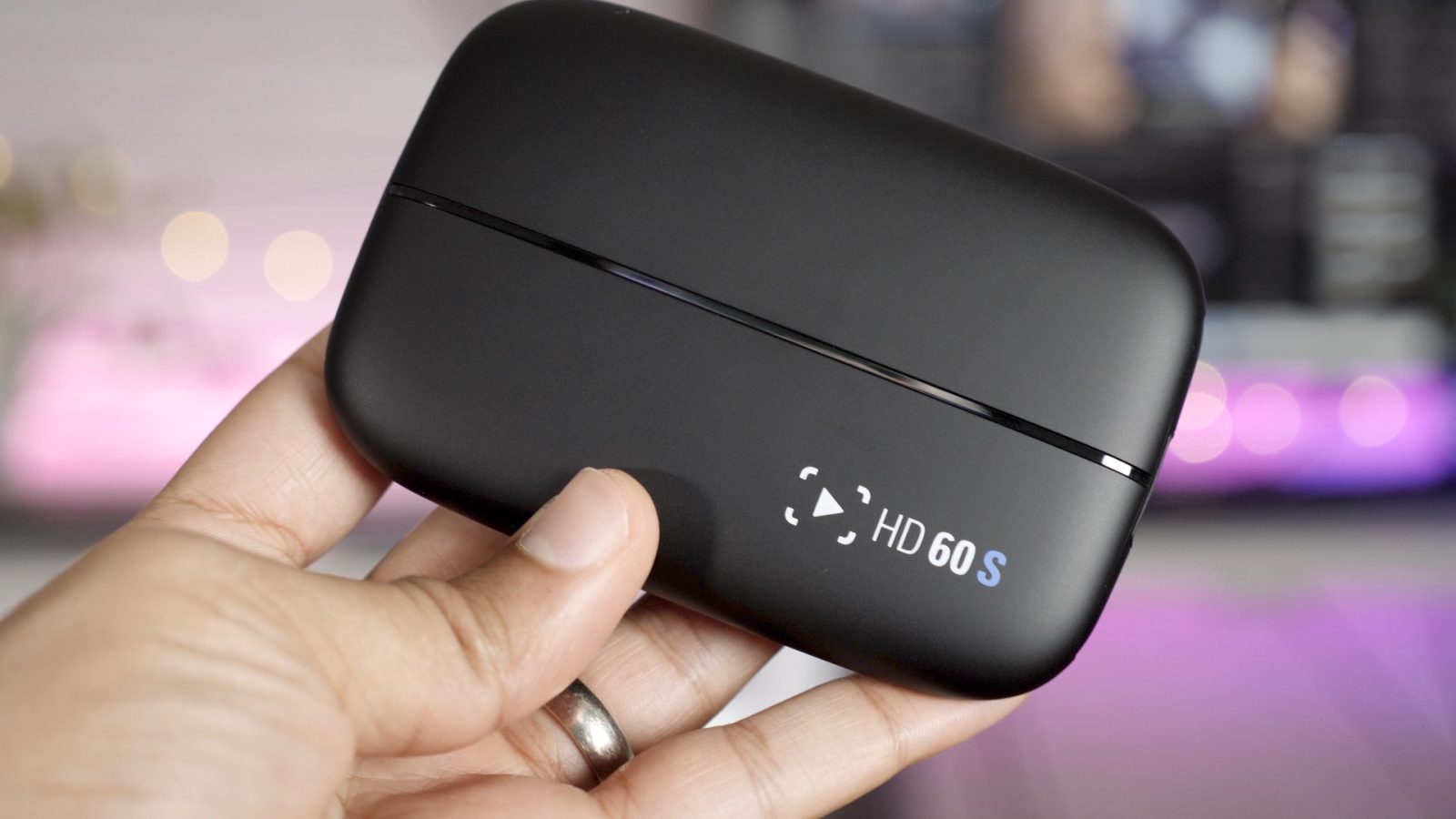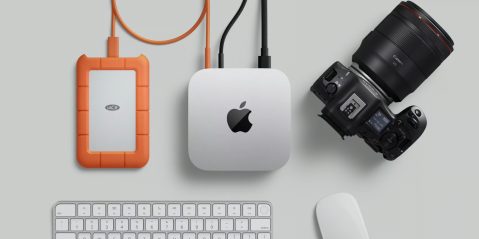
Working with video takes up a significant portion of my day-to-day schedule, and much of that is taken via a mirrorless camera like the Panasonic GH5. Yet, from time to time I find it necessary to capture direct feed video straight from source. In these situations, I’ve enjoyed using Elgato’s Game Capture HD60 S.
While the name ‘Game Capture’ may lead one to believe that the device is only relevant for gamers, it’s actually useful in a lot of different situations that may benefit Mac users. As an example, I used the Game Capture HD60 to capture UEFI BIOS footage for my Hackintosh builds, routing output straight from the video card.
But the Game Capture line of hardware is more than just a capture device; it can also be used to help facilitate live streams via Twitch, YouTube, and other services. Have a look at our hands-on unboxing and walkthrough of the $180 Game Capture HD60 S for more details.
Inside the box
- Game Capture HD60 S
- USB-C cable
- HDMI cable
- Documentation
What’s the difference?
You may be wondering what the difference is between the more affordable Game Capture HD60 and the Game Capture HD60 S. The updated S model utilizes a faster USB 3.0 connection, while older external devices like the original HD60 utilize USB 2.0. It’s also worth noting that the S model includes a USB-C connection, which allows for a more seamless hookup to the 2016 MacBook Pro. Elgato doesn’t include a USB-C to USB-C cable, though, so you’ll need to supply your own for one-cable MacBook Pro connectivity.
Because of the faster USB 3.0 connection, you can expect less latency, and a video preview window that’s closer to realtime. I think most customers will still be happy with the older Game Capture HD60, but if you want the best live streaming experience, the HD60 S model may be the better choice.
Video walkthrough
Subscribe to 9to5Mac on YouTube for more videos
Because of the additional bandwidth afforded by the USB 3.0 connection, the HD60 S is able to hand-off video processing to the connected computer. This results in less latency for previews, a feature that Elgato is calling Instant Gameview, assuming that your computer can handle the additional overhead.

Elgato recommends pairing the HD60 S with a computer packing a quad-core processor, though I was able to use it with my 13-inch MacBook Pro’s dual-core i7 with no issue. Keep in mind that if you have a slower PC, it may be best to stick to the original HD60.

Although the Game Capture HD60 S is aimed at gamers, it’s a very competent device for any type of video capture or streaming duties. Many users will likely pair the device with a PS4, Xbox One, or Nintendo Switch, but that doesn’t mean it’s relegated to just those types of devices.

For my hands-on test I connected my Panasonic GH5, a camera capable of outputting 1080p60. I’ve also used the Game Capture devices to record Apple TV gameplay, or low-level BIOS footage. Almost anything with an HDMI output (sans HDCP protected content) can be captured and/or live-streamed with the Game Capture HD line of products.

The Game Capture HD app is what brings the experience all together. With the app you can both record and live stream content. The app makes it easy to configure services like YouTube or Twitch for live streams, and even contains basic editing functions for manipulating recordings in post.

Users will discover fine-grained level control over game audio, live streaming bit rate, frame rate, resolution, and much more. There are even custom video and image overlays that can be called on mid stream to supplement your productions. We’ll talk more about these production features in our upcoming hands-on look at Elgato’s Stream Deck, a 15-key live content creation controller for directly interfacing with live streams.

The Game Capture line of devices have long been some of the best ways to go about capturing live streaming content from a wide variety of sources. The trend continues with the HD60 S.

The HD60 S is not a huge upgrade over the HD60, but if the amount of preview latency is of prime concern (see our hands-on video for a demonstration), you’ll definitely notice the difference between this model, and the older, slightly less expensive model.
Is a tool like this worth an investment from Mac users? It largely depends on how often you need to live stream or capture HDMI sources. For some devices, like the Apple TV, iPhone or iPad, macOS’ built-in capture via QuickTime is sufficient enough. But if you need to capture video from non-Apple hardware on a regular basis, then the Game Capture line of products is worth a look.
FTC: We use income earning auto affiliate links. More.









Comments